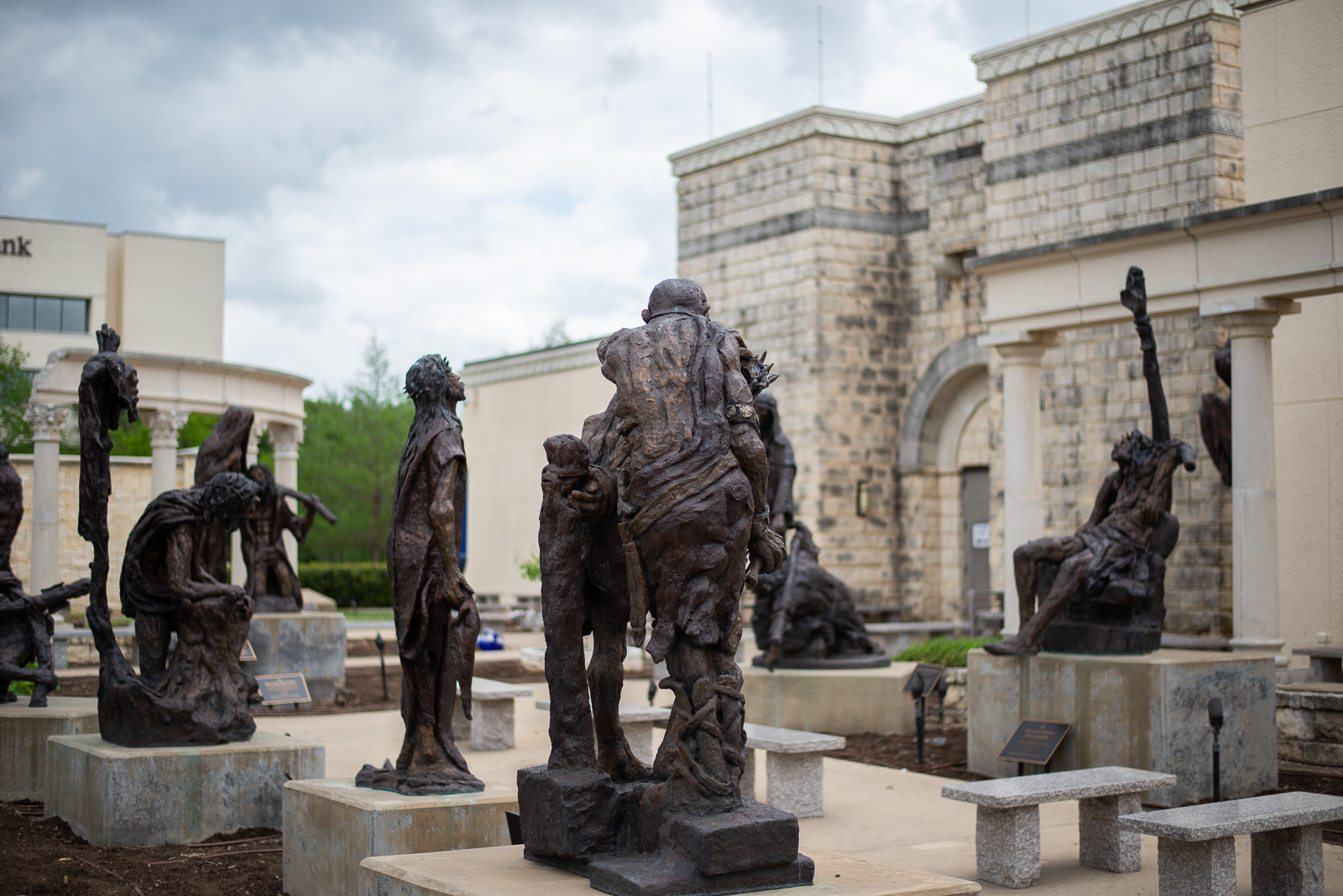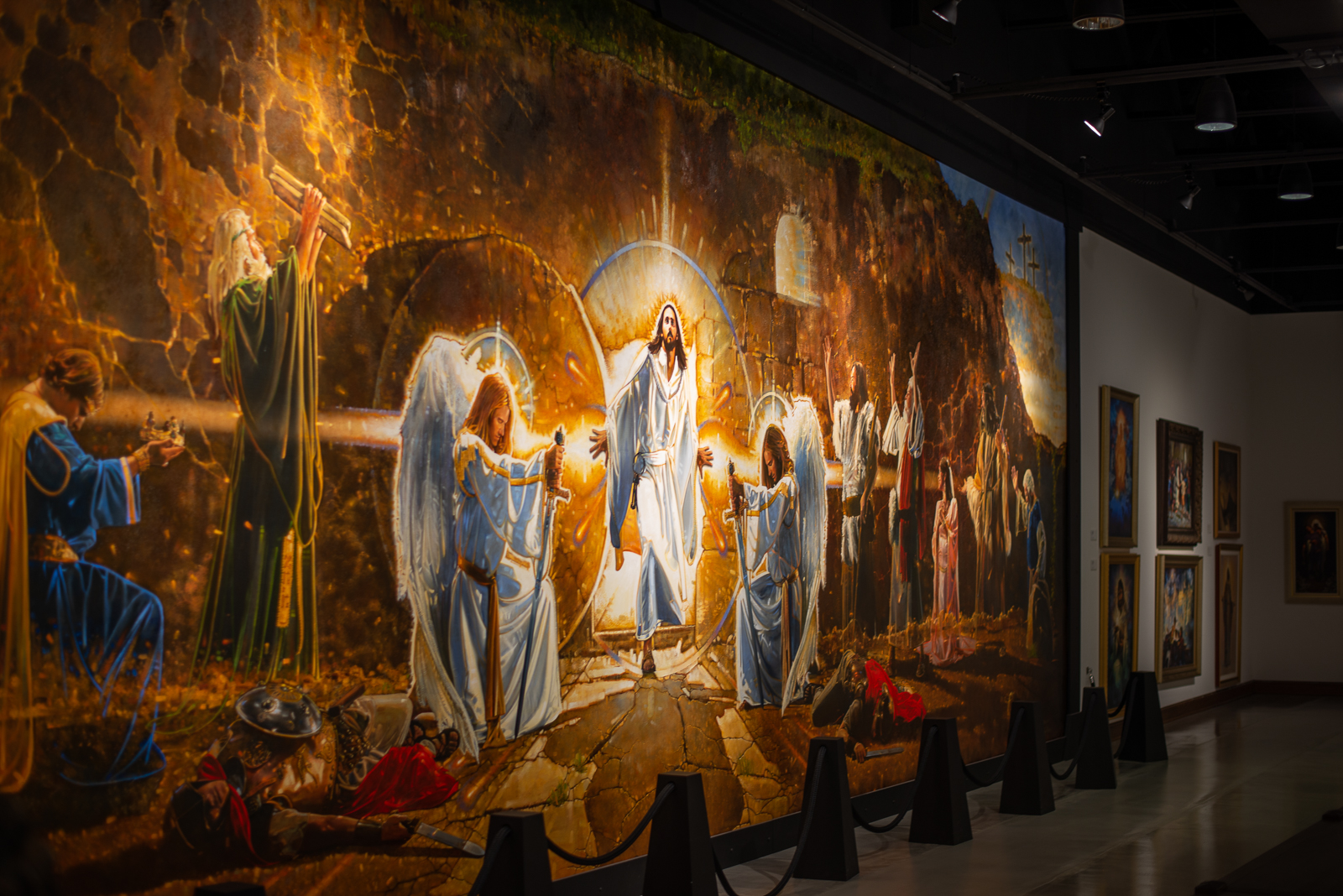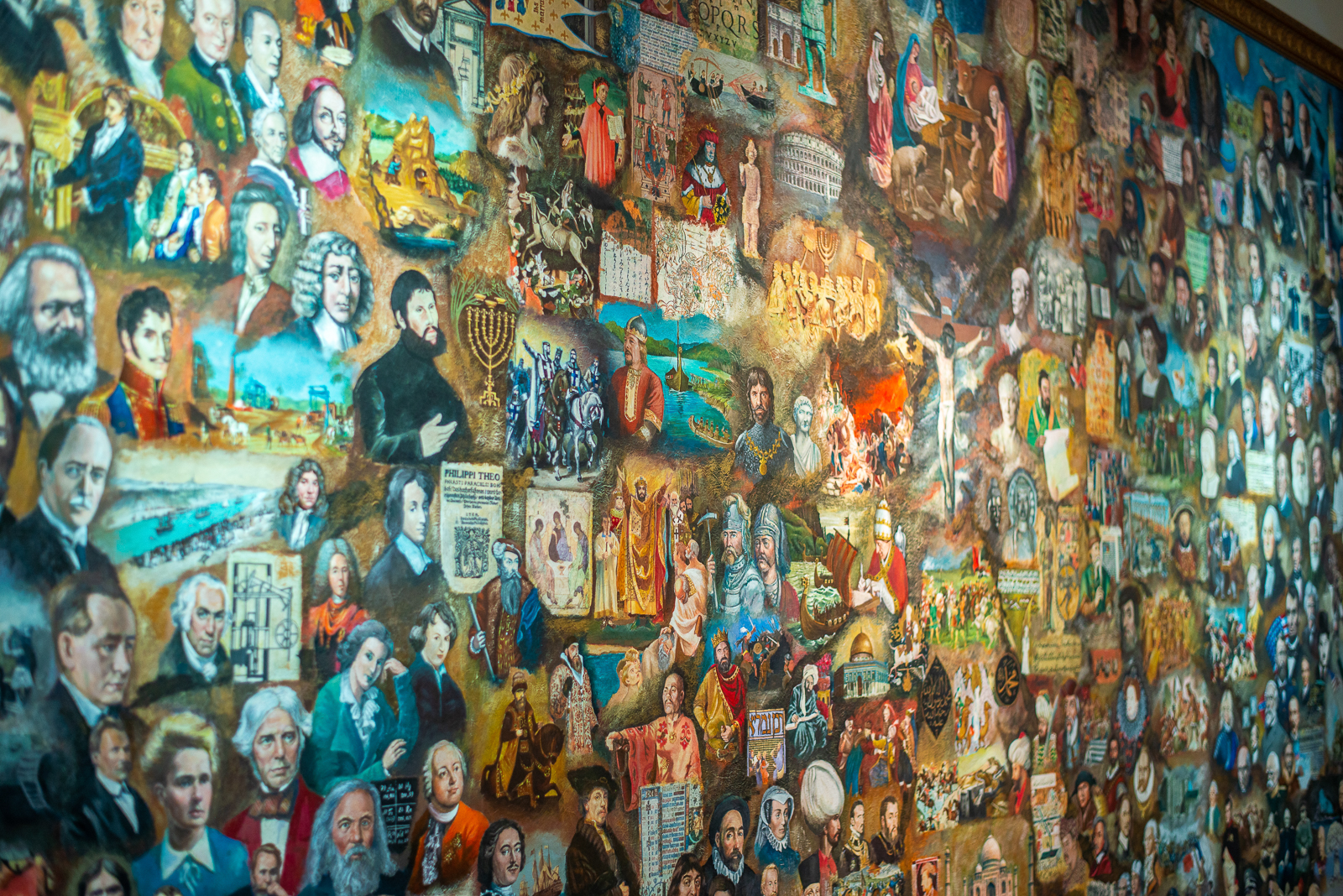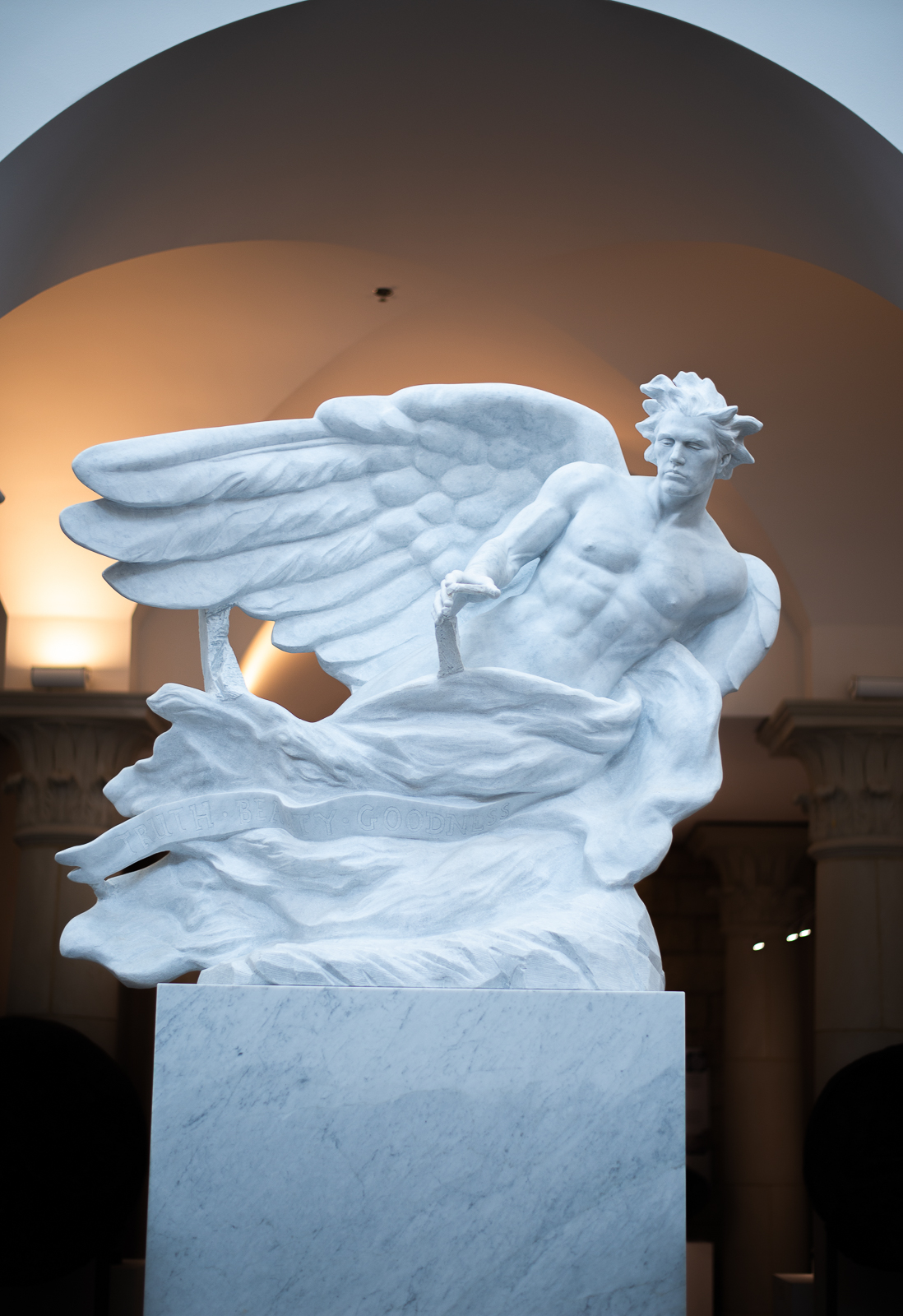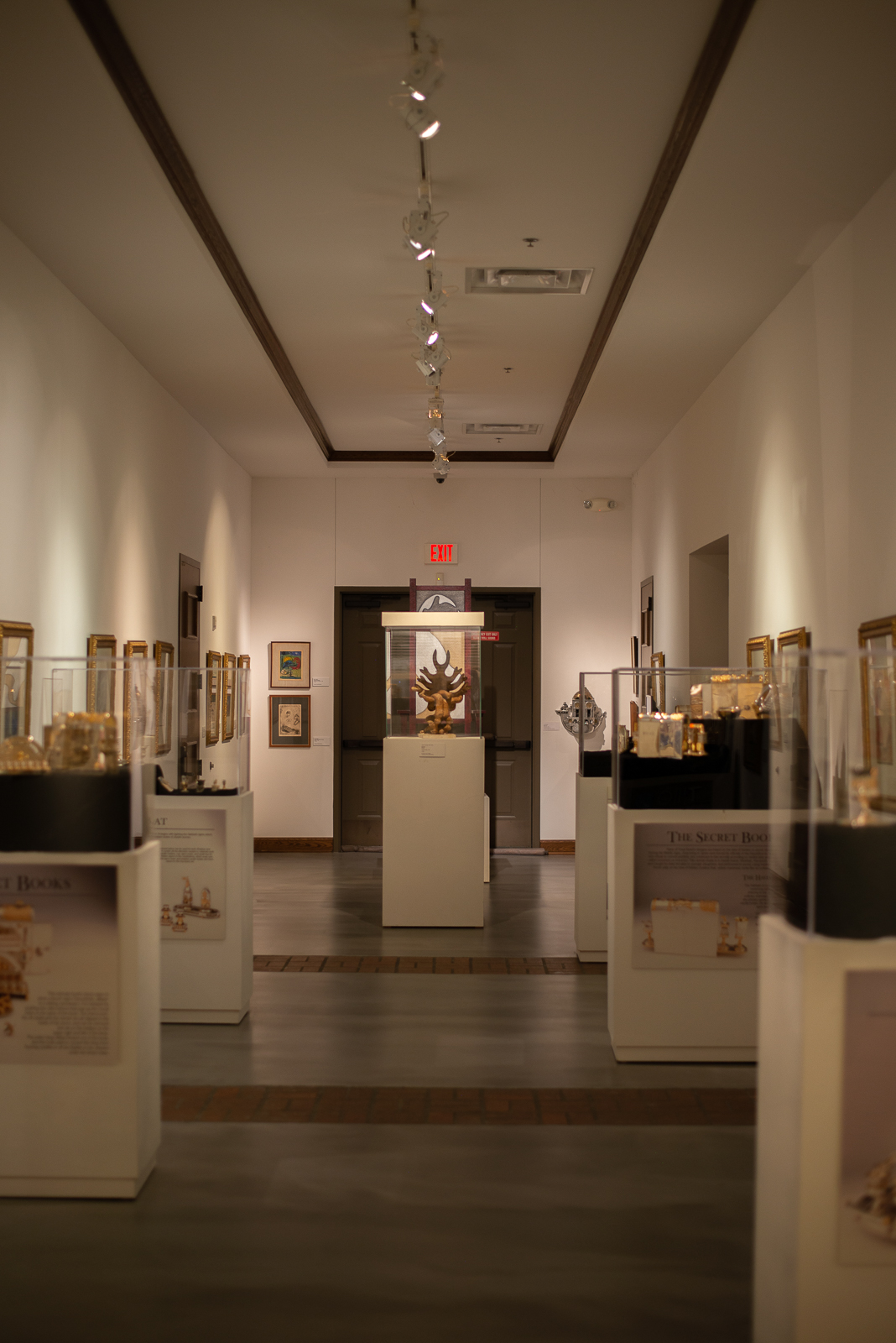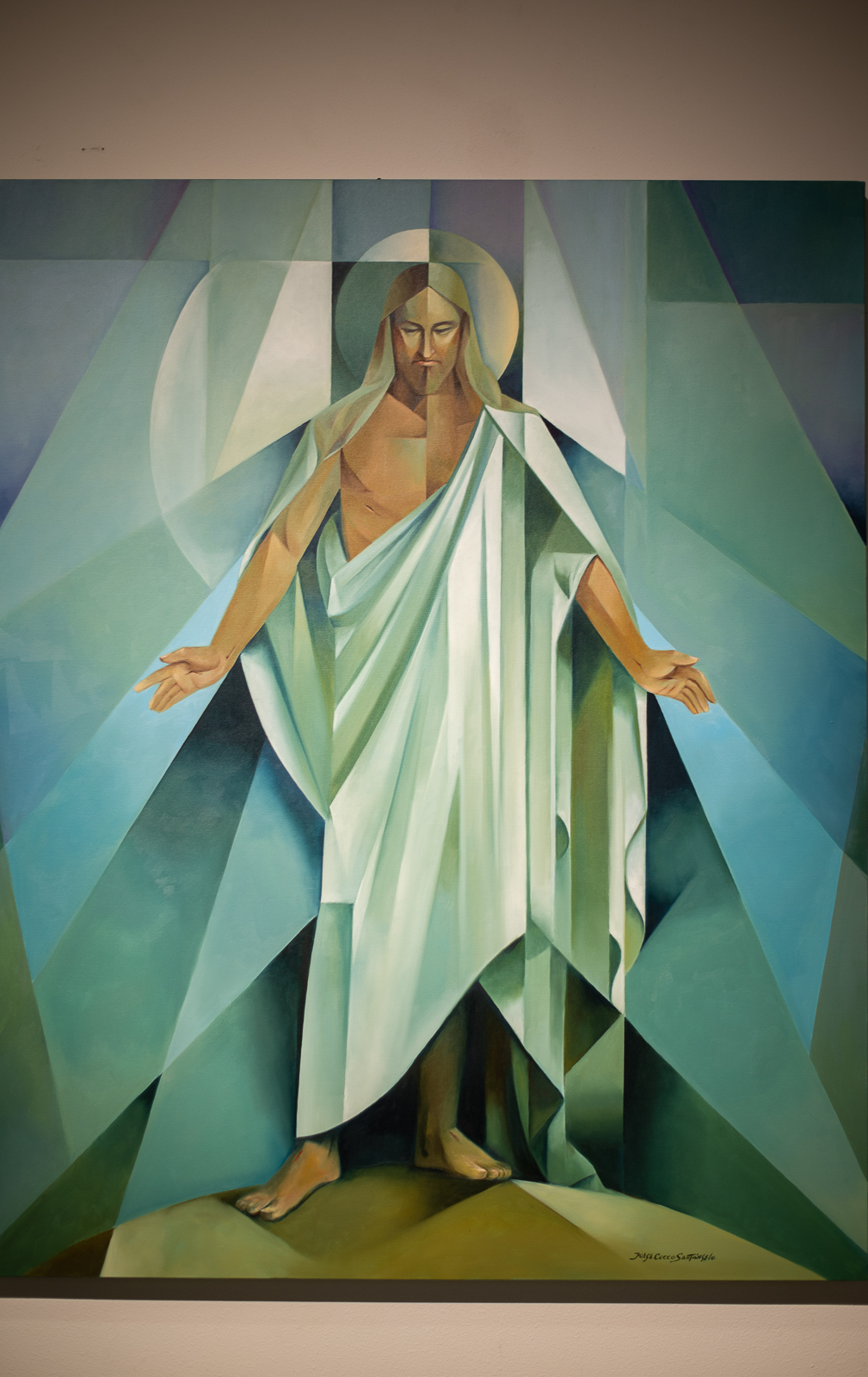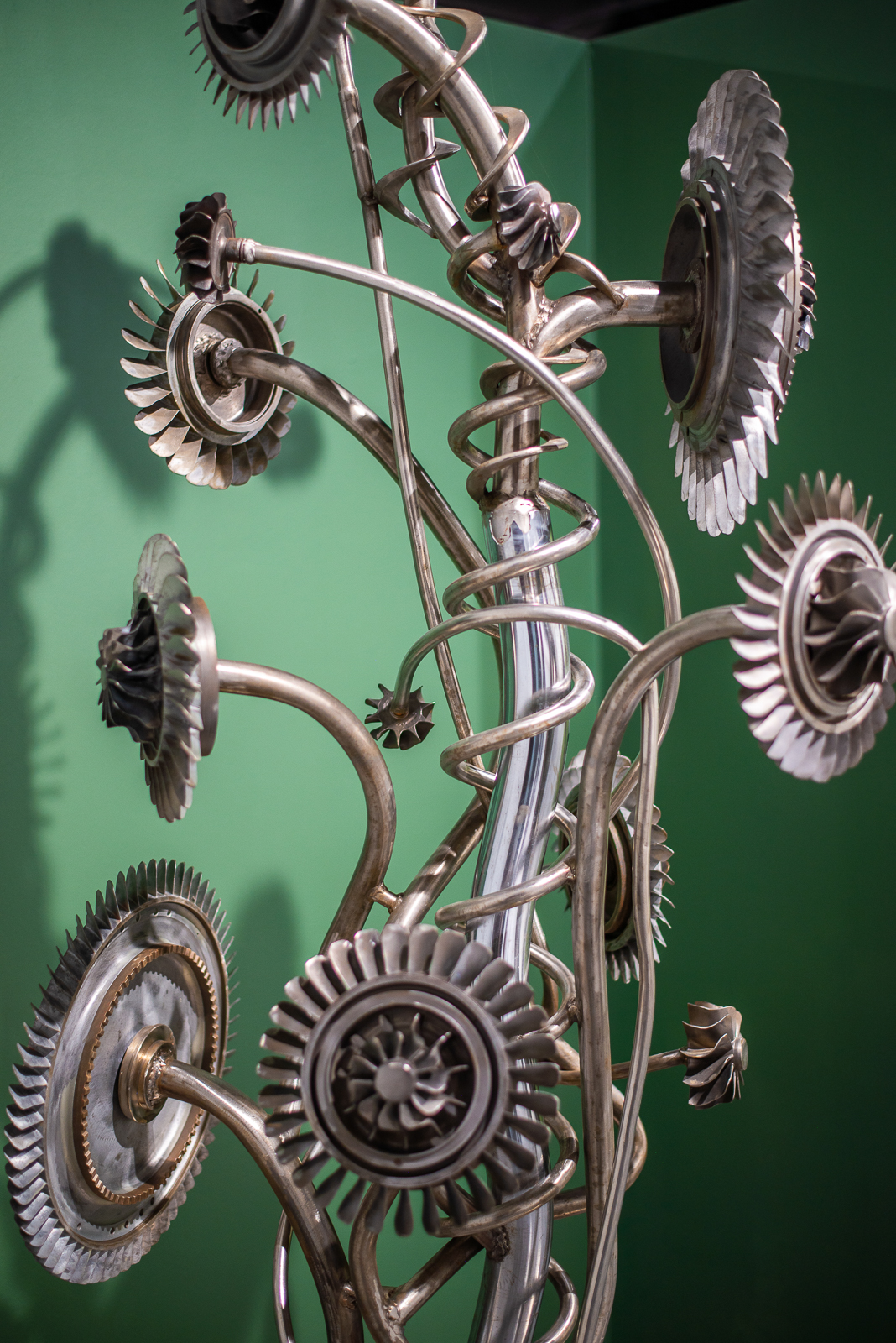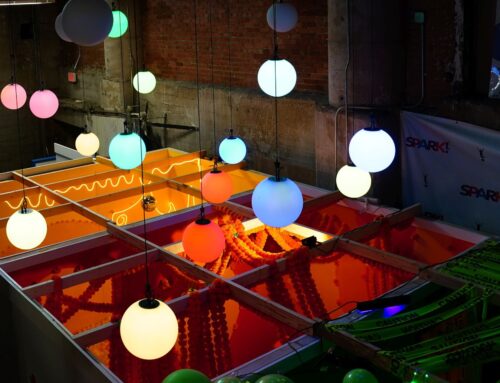Tucked behind NorthPark Center, a hidden museum displays the works of well-known artists such as Andy Warhol, Salvador Dali and Thomas Kinkade, as well as casts from the works of Michelangelo.
Museum curator Scott Peck brings together artists from different centuries, mediums, races, religious backgrounds and genders to display works of art depicting themes of Judaism, Christianity, biblical themes and Holocaust remembrance. In fact, the museum boasts that 30%-40% of the art is created by women. Most museums have approximately 3%, Peck says.
“I’m really trying as a curator to give you balance, also to African American artists and Hispanic artists, to give them representation,” says Peck, the museum’s executive director and curator. “Not only as artists, but in the depictions to go (as a visitor) ‘I see myself.’”
The museum also has an Art Conservation Lab, which became a necessity after a fire hit the museum in 2005. Peck, who also teaches at the University of North Texas, brings in his students to restore art at the lab to supplement their coursework.
Before entering the museum, visitors can peruse the Via Dolorosa Sculpture Garden, which demonstrates the 14 Stations of the Cross through bronze statues. Once inside, the museum has three sections: the National Center for Jewish Art, the Museum of Biblical Art and the Museum of Holocaust Art. Each section has several temporary exhibitions that change seasonally, such as Andy Warhol’s Jewish Heroes and Icons, which features David Salomon’s photographs of Flowers of the Holy Land and Jorge Cocco’s “Come Unto Christ.”
National Center for Jewish Art
The National Center for Jewish Art opened in 2019, shortly before being shut down for COVID-19. The only Jewish art and culture museum in this region, the museum displays gold-clad Seder plates, menorahs, puzzle boxes and other ceremonial objects.
Currently, a temporary exhibit features the work of Helen Zarin, an abstract artist who left Iran 15 years ago to safely practice Orthodox Judaism.
“She goes into her prayers and then God reveals stories that she incorporates into the color,” Peck says. “This has been a really popular exhibition.”
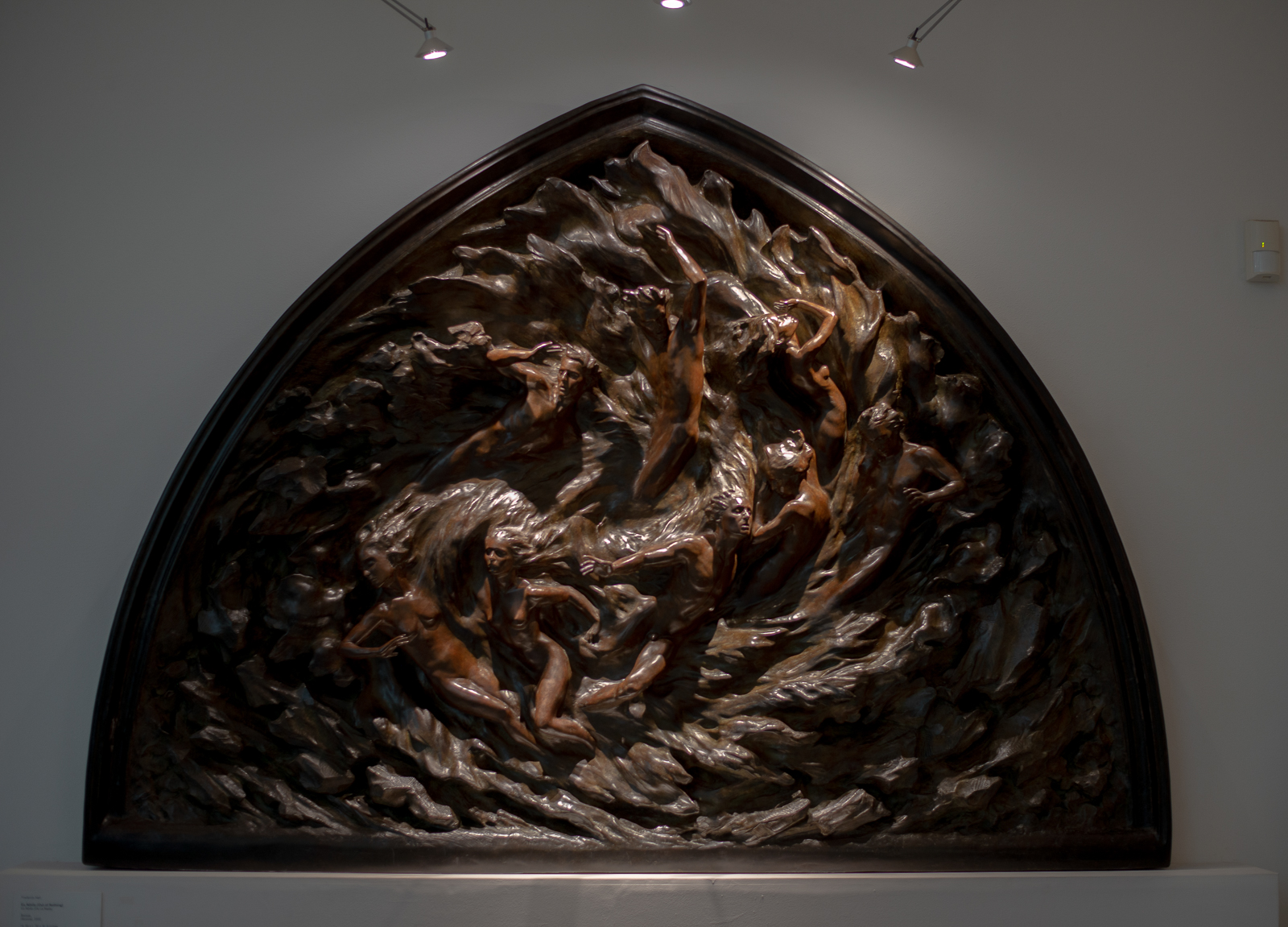
Museum of Biblical Art
The Museum of Biblical Art features archaeology, oil lamps and ancient maps collected in partnership with the University of North Texas.
Adjacent to the maps is Dali’s “Heaven,” a collection of wooden engravings depicting scenes in Jesus’ life, heaven and other biblical imagery. The engravings demonstrate emotion surrounding the artist’s late-in-life rejection of surrealism and conversion to Catholicism with soft-layered colors creating emotional interpretation of the positivity he felt surrounding the faith.
The museum also includes casts of Michelangelo’s works, and a myriad of ceramics, paintings, sculptures, tapestries and other art forms that demonstrate themes pertaining to Christianity and the Bible.
One notable feature is the work of Kinkade, who was a friend to the museum until his death and has a series of paintings themed after biblical scenes. Unlike his cottage paintings or more whimsical series, each work brings a greater depth to his emotional ties to the pieces, highlighting the feeling of the paintings rather than the details typically characterized in his works.
Within the Museum of Biblical Art is the Chagall Ballroom, which can be rented for events and showcases some of the more than 200 works by Marc Chagall that the museum displays.
Museum of Holocaust Art
The Museum of Holocaust Art is the first museum dedicated to teaching the history of the Holocaust through art, Peck says. Participants walk through an immersive experience, moving aside curtains painted with children as they were in concentration camps while surrounded by mirrors, urging participants to visualize themselves in the atrocity.
After walking through the curtains, there is a “Righteous Among the Nations” series, where non-Jews who committed themselves to saving Jewish neighbors during the Holocaust are honored with portraits and plaque descriptions of their lives.
The museum is open 11 a.m.-5 p.m. Wednesday-Saturday and 1-5 p.m. Sunday. Museum guides suggest allocating approximately two hours to get through all sections, including time for the audio tours available in several exhibits.
Standard admission includes all exhibits and is $15 with pricing of $12 for students and seniors, and $10 for children ages 6-12. Children under 6 are free. Family admission discounts and memberships also are available.


